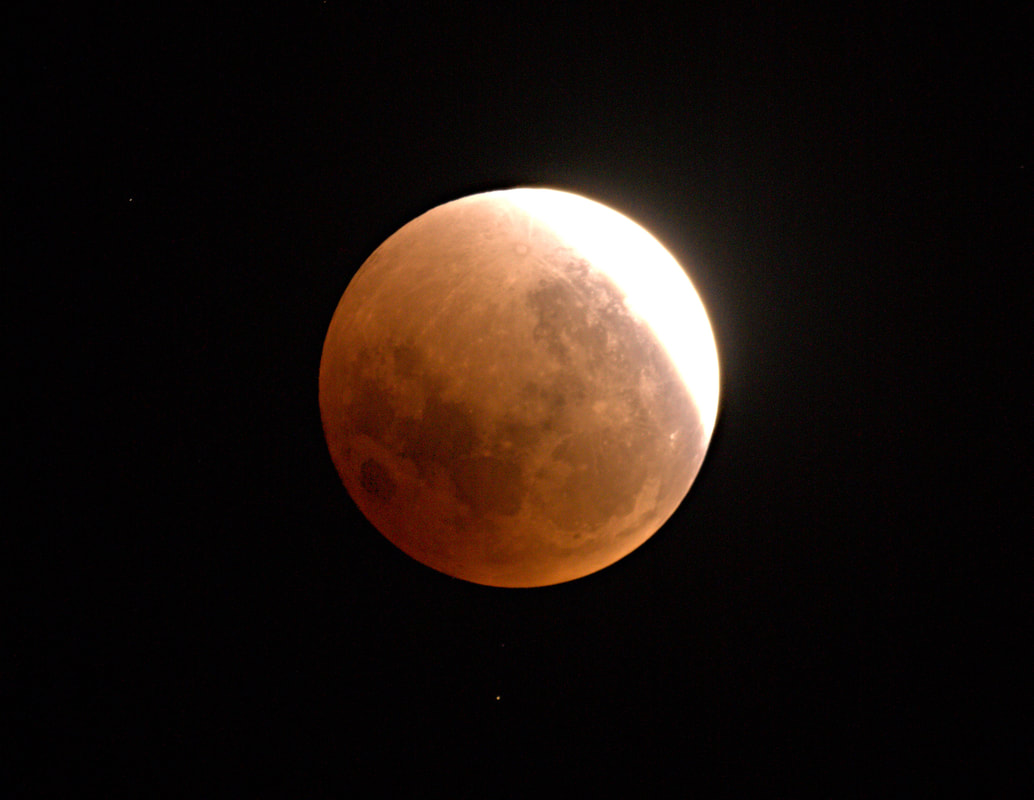CLICK ON AN IMAGE TO VIEW IT AT FULL RESOLUTION
|
Comet ZTF C/2022 E3 - 19.01.2023 06:00am
C/2022 E3 (ZTF) is a long-period comet from the Oort cloud that was discovered by the Zwicky Transient Facility (ZTF) on 2 March 2022. The comet has a bright green glow around its nucleus, due to the effect of sunlight on diatomic carbon and cyanogen. The comet's systematic designation starts with C to indicate that it is not a periodic comet, and "2022 E3" means that it was the third comet to be discovered in the first half of March 2022. Telescope: Meade LX850 12" f/8.0 Camera: QHY268m Filter: Chroma RGB Date: January 2023 Exposure: 120x300" = 10.0h |
|
Comet Atlas C/2019 Y4 - 01.04.2020 10:45pm
This is my second comet so far. Taken from Maisons-Laffitte while this comet is still approaching the Sun. Unfortunately, this comet that was really promising to get brighter and may be even visible to the naked eye, seems to be disintegrated due to gravitational tides of the Sun. Telescope: Meade Series 6000 115mm f/5.6 Camera: QHY168C Filter: Optolong L-Pro Exposure: 15x180" = 0.75h Date: April 2020 |
|
Comet Lovejoy 2014 Q2 - 17.12.2014 10:30pm
This is my first and only comet so far. Taken from Perth late 2014 when I was still learning how to operate my astro gear. My processing attempt was so bad that would had damaged your eyes; this new attempt, 4 years later, looks much better. Telescope: William Optics GTF-81 f/5.9 Camera: SBIG STF-8300C Exposure: 20x120" Date: December 2014 |
|
Total Lunar Eclipse - 31.01.2018
This Total Lunar eclipse was somehow special, as we had the change to look at a "Super Blood Blue Moon". 'Super' because the Moon was at its closest point in the orbit to Earth. 'Blood' because it looked red due to scattered light in our atmosphere. 'Blue' because it was the second Full Moon during the month of January. Here the totality and the partial eclipse phases can be seen. Telescope: William Optics GTF-81 f/5.9 Camera: Canon 500D Date: January 2018 |
|
14 - Irene
This is asteroid Irene, the name of my beautiful wife. 14 Irene was named after Irēnē, a personification of peace in Greek mythology. She was one of the Horae, daughter of Zeus and Themis. This asteroid inhabits in the main asteroids belt at around 2.6 AU. It was captured on 04th June 2017 at 6:10pm while crossing the constellation Leo at magnitude 10.73; as you can see, her is the brightest of the family. Telescope: Meade LX850 12" f/8 Camera: QHY9 Date: June 2017 Exposure: 5 x 5' = 0.45 hrs |
|
580 - Selene
This is asteroid Selene, the name of my princess daughter. The name Selene is that of an ancient Greek goddess of the Moon. This asteroid inhabits in the main asteroids belt at around 3.2 AU. It was captured on 04th June 2017 at 6:20pm while crossing the constellation Leo at magnitude 16.30. Telescope: Meade LX850 12" f/8 Camera: QHY9 Date: June 2017 Exposure: 5 x 5' = 0.45 hrs |
|
25157 - Fabian
This is asteroid Fabian, obviously not name because of me but I wanted to capture asteroids with the names of my family members and I started with myself. This asteroid inhabits in the main asteroids belt at around 3.1 AU. It was captured on 05th June 2017 at 7:00pm while crossing the constellation Leo at magnitude 21.21. Telescope: Meade LX850 12" f/8 Camera: QHY9 Date: June 2017 Exposure: 5 x 5' = 0.45 hrs |
|
2014 JO25 - "The rock"
The peanut-shaped asteroid dubbed 2014 JO25, nicknamed "The Rock", is 1300m across and streaked past Earth on 19th April 2017. It hurtled past at around 120,000 km/h just over 1.6 million km away or 5 times the distance Earth-Moon. This asteroid was spotted by the Catalina Sky Survey, a USA program that uses two telescopes in Arizona to detect potentially dangerous near-Earth objects (NEOs). I had manage to image "The Rock" on 20th April at 10:35pm, Perth time, while it was flying in front of Messier 60 and NGC 4647 (two galaxies that are part of the Virgo Cluster) at magnitude 11.33. This image is a composite of 10 one minute images. The wind is responsible for the tracking imperfections. Telescope: Meade LX850 12" f/8 Camera: QHY9 Date: April 2017 Exposure: 10 x 1' = 0.15 hrs |
|
Proxima Centauri
This object is not part of our Solar System, but... Proxima Centauri is a red dwarf, a small low-mass star, about 4.25 light-years from the Sun, inside the G-cloud, in the constellation of Centaurus. It was discovered in 1915 by the Scottish astronomer Robert Innes and is the nearest known star to the Sun, although it is too faint to be seen with the naked eye, with an apparent magnitude of 11.05. Proxima Centauri is very likely part of a triple star system with Alpha Centauri A and B, but its orbital period may be greater than 500,000 years. Telescope: Meade LX850 12" f/5.7 (telecompressor Lepus 0.62X) Camera: SBIG STF-8300C Date: May 2015 Exposure: 4 x 10' = 0.7 hrs |
|
Pluto
The 14th July 2015 the humanity made another big step in science, after 9 years of space trvel, the probe "New Horizons" flyby Pluto at only 12,600 km for its surface. This image is a composite of how Pluto was seen just one hour after the flyby (8pm Perth time) from my backyard and from the probe. Telescope: Meade LX850 12" f/8 Camera: SBIG STF-8300C Date: July 2015 Exposure: 4 x 5' = 0.2 hrs |














